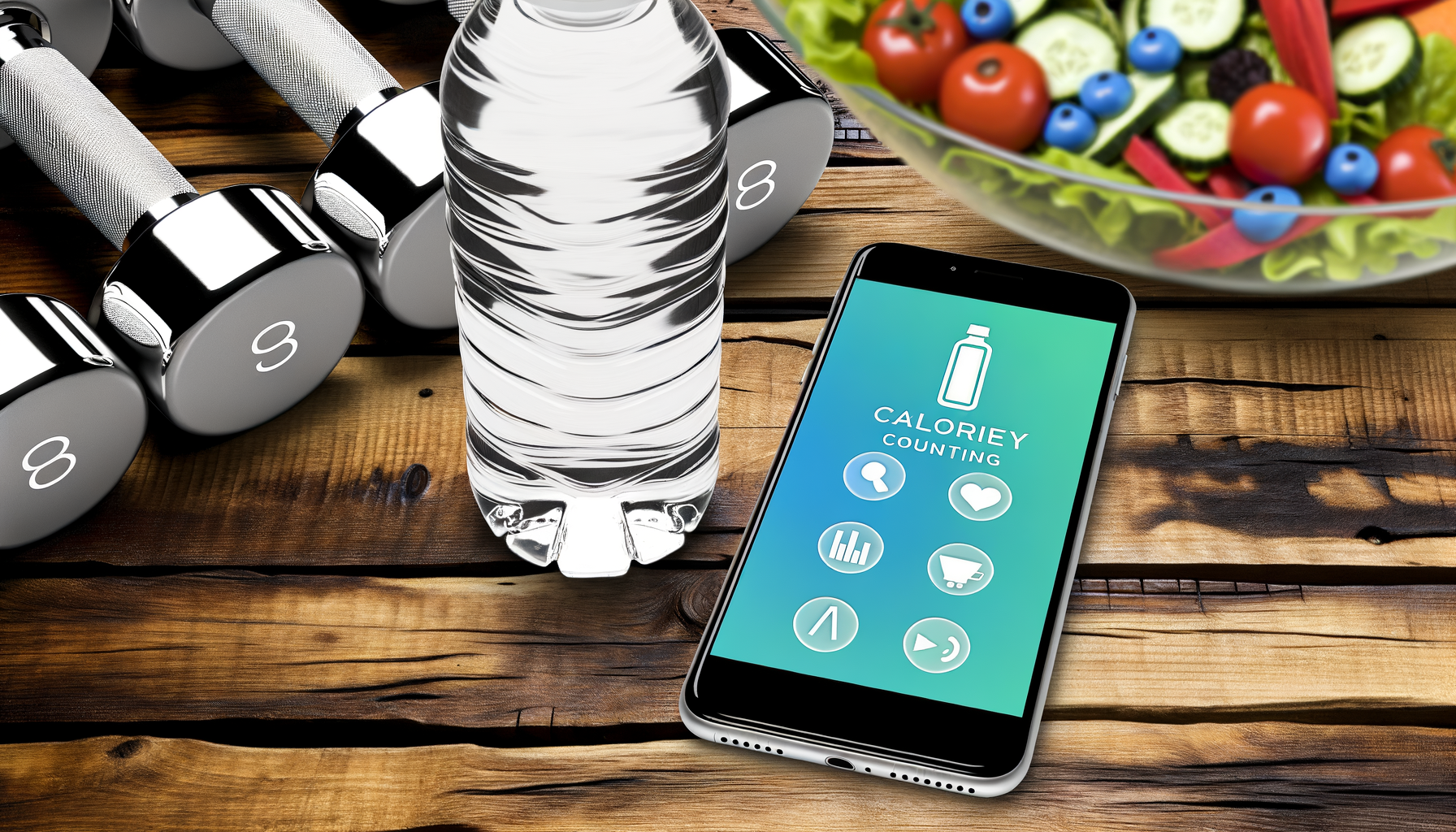The Role of Calorie Awareness in Injury Rehabilitation Programs
September 18, 2024
Optimizing Recovery: The Crucial Role of Calorie Awareness in Injury Rehabilitation
Injury rehabilitation is a complex and multifaceted process that involves not just physical therapy but also a well-planned nutritional strategy. One of the key components of recovery nutrition is calorie awareness. Understanding how many calories your body needs during the recovery phase can significantly impact the speed and effectiveness of your rehabilitation. In this article, we will delve into the importance of calorie awareness in injury rehabilitation programs and provide actionable insights on how to incorporate this knowledge into your recovery plan.Why Calorie Awareness Matters
When you are injured, your body's energy demands change. The healing process requires additional resources, including calories, to support tissue repair and regeneration. If you do not consume enough calories, your body may start to break down muscle tissue for energy, which can hinder the recovery process and prolong your return to full fitness. A study published in the Journal of the International Society of Sports Nutrition highlights the importance of adequate nutrition during injury recovery. It emphasizes that a balanced diet providing sufficient calories is crucial for optimal healing.Calculating Your Caloric Needs
To ensure you are consuming the right amount of calories, you need to calculate your daily caloric needs accurately. This can be done using a calorie calculator specifically designed for health and fitness purposes, such as the WP Calorie Calculator. Here are some steps to follow:- Determine Your Basal Metabolic Rate (BMR): Your BMR is the number of calories your body needs at rest. You can use an online BMR calculator or consult with a healthcare professional.
- Adjust for Activity Level: Since you are in the recovery phase, your activity level may be reduced. However, you still need to account for any physical therapy or light exercises you are doing.
- Consider Additional Caloric Needs for Healing: Injuries require extra calories for tissue repair. A general rule of thumb is to increase your daily caloric intake by 10-20% above your maintenance level.
Real-World Examples and Case Studies
Let's consider a real-world example to illustrate how calorie awareness can impact injury rehabilitation. Suppose you are an athlete who has suffered a knee injury and is undergoing physical therapy. Your BMR is 2,000 calories, and you normally consume an additional 500 calories due to your active lifestyle. However, during recovery, you need to adjust this intake. A case study published in the Journal of Science and Medicine in Sport shows that athletes who consumed a diet tailored to their specific caloric needs during injury recovery had faster and more effective recoveries compared to those who did not.Nutritional Strategies for Optimal Recovery
Beyond just calculating calories, it's important to focus on the quality of your diet. Here are some nutritional strategies to support your recovery:- Protein Intake: Protein is essential for muscle repair and regeneration. Aim for 1.2-1.6 grams of protein per kilogram of body weight daily.
- Carbohydrates: Carbs provide energy for your body. Focus on complex carbohydrates like whole grains, fruits, and vegetables.
- Healthy Fats: Include sources of healthy fats such as nuts, seeds, avocados, and olive oil in your diet.
- Hydration: Adequate hydration is crucial for healing. Ensure you drink plenty of water throughout the day.











